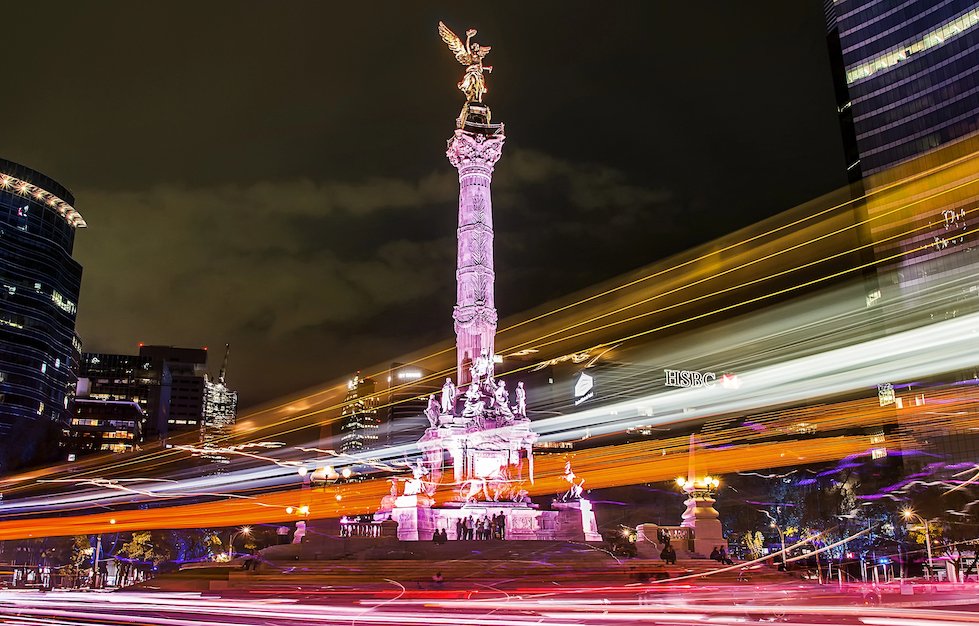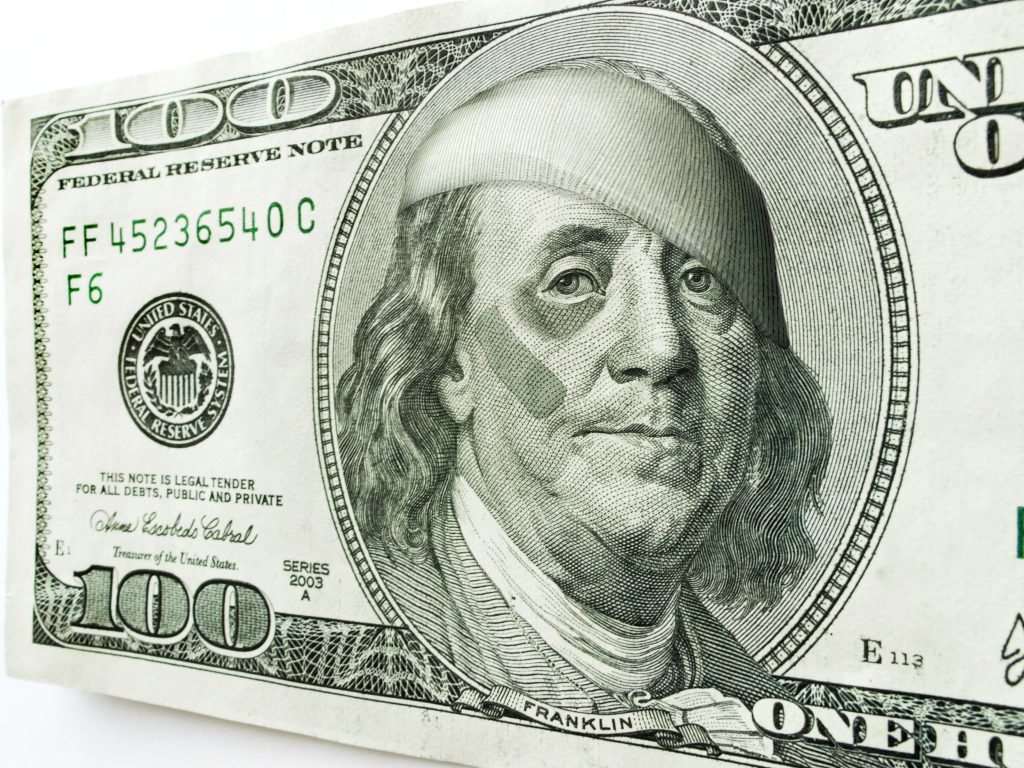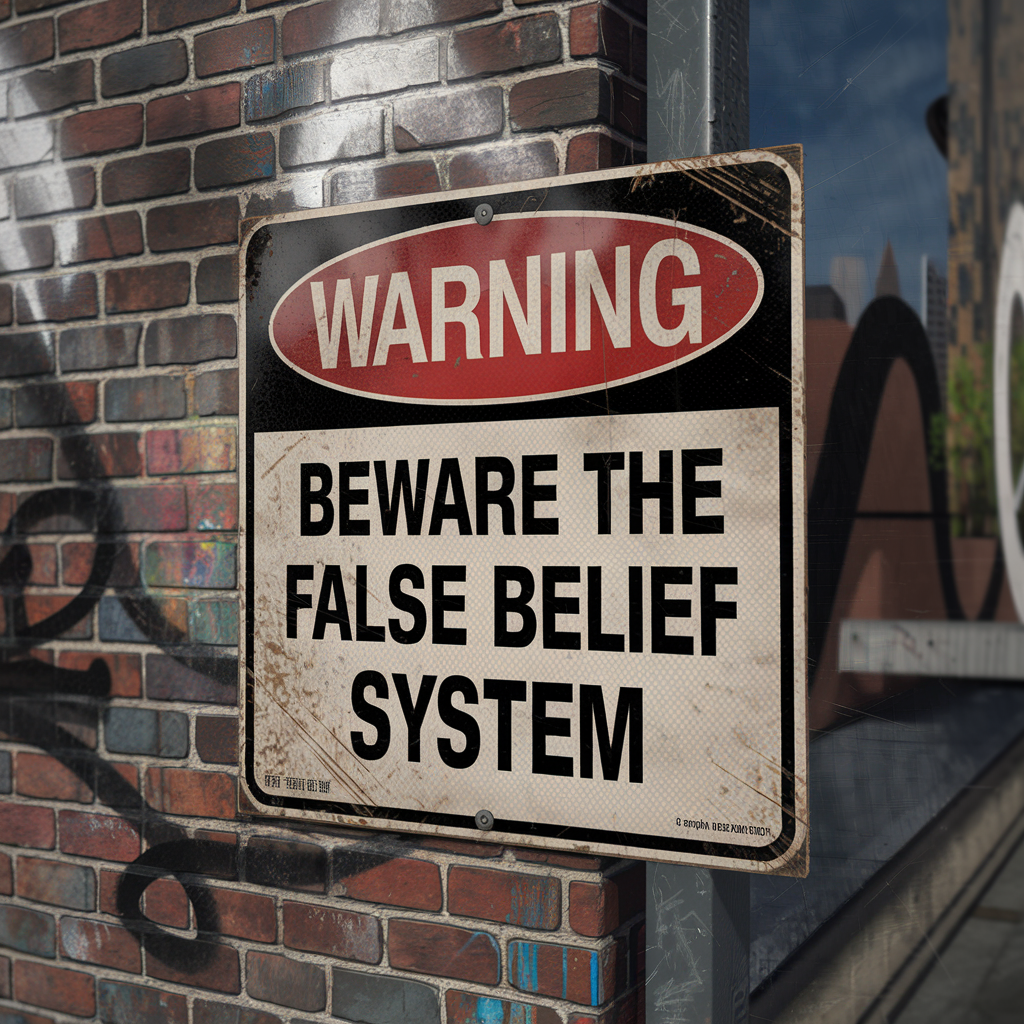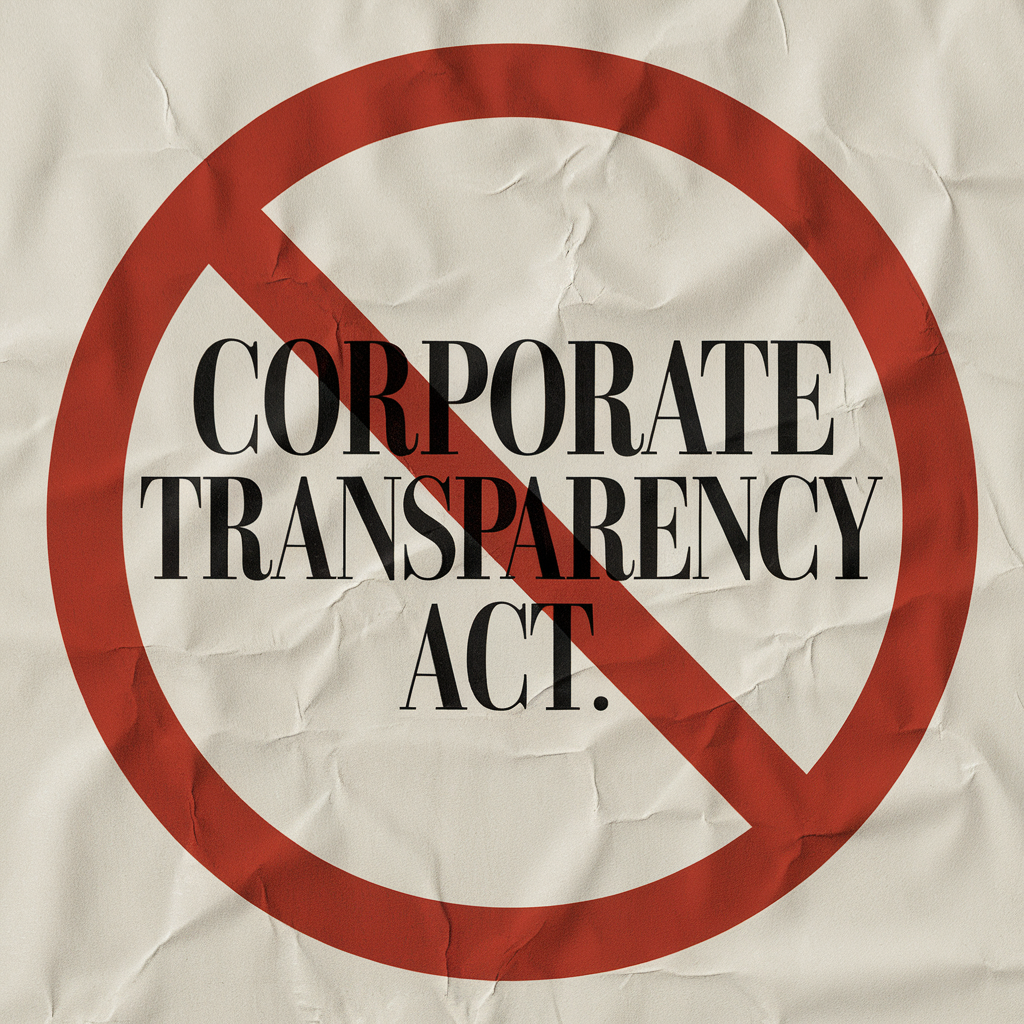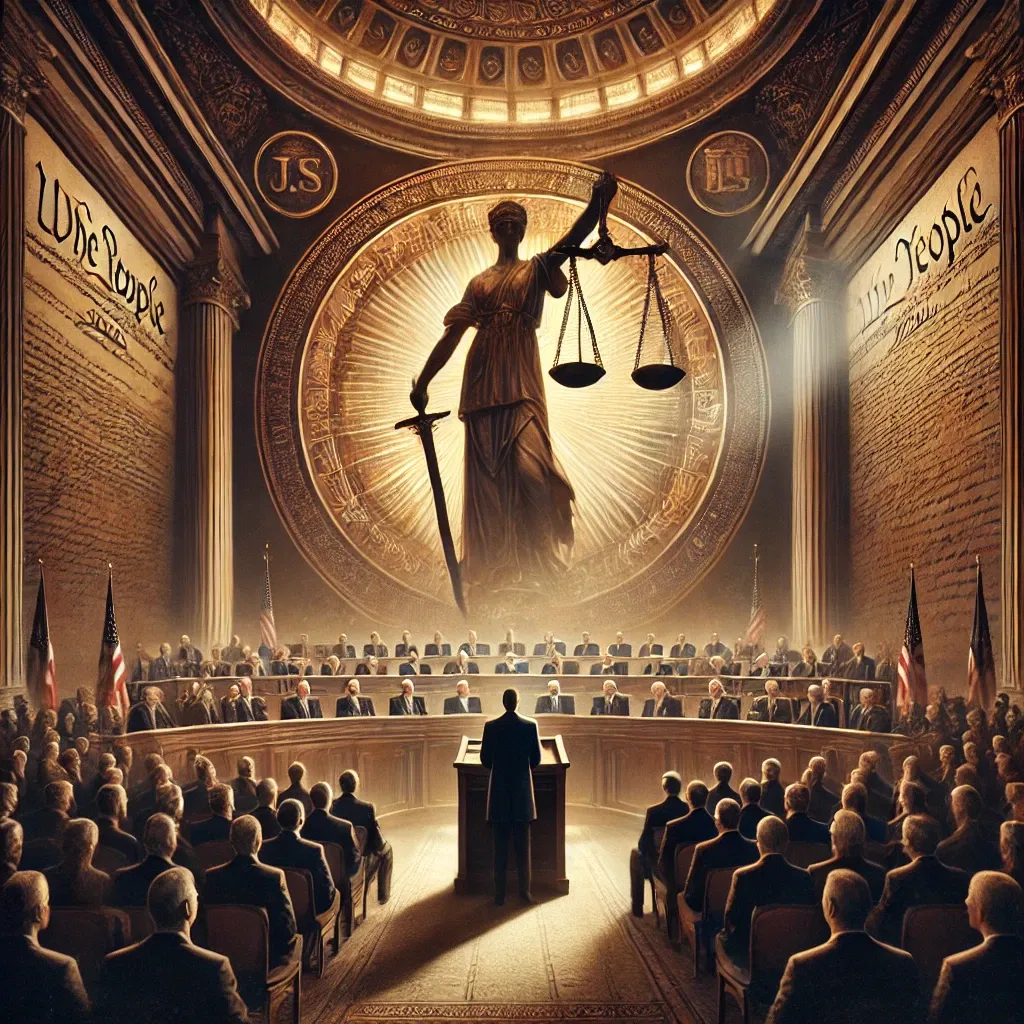I’m on my way back home from Mexico City after an incredible weekend event here with more than 100 of our Total Access members.
First things first, if you’ve never been to Mexico City, I highly recommend it. A lot of people have a misconception that the city is some kind third world dump. It’s not. And most first-time visitors are stunned by the vast green areas, expansive parks, tree-lined streets, museums, architecture, and modern lifestyle.
In my opinion it also has some of the best restaurants in the western hemisphere. You can eat extremely well in Mexico City, but you don’t pay very much for it.
The event we held for our Schiff Sovereign Total Access members was also pretty great.
I started off the conference explaining why we should expect higher inflation in the future– and I’ve written about this extensively. The US government’s own projections call for $20 trillion in additional debt over the next decade. And frankly we think they’re woefully underestimating the problem.
But even $20 trillion will likely prove catastrophic. That would mean the US national debt will reach $55 trillion.
If yields remain at today’s levels (roughly 4.5%), then the government will have to spend nearly $2.5 trillion per year, just to pay interest on the debt. That would make interest on the debt the #1 expense of the federal government, triggering a vicious cycle in which the Treasury Department would have to borrow more and more each year just to be able to pay interest on the money they’ve already borrowed.
To say this is unsustainable would be a massive understatement. And we believe that the Federal Reserve will step in to bail out the government by slashing interest rates to zero (or even negative levels).
Think about it– if the national debt is $55 trillion, but the interest rate on that debt is literally 0%, then the government’s annual interest bill is zero… essentially saving them $2.5 trillion per year.
Sounds great. But it would come at substantial cost.
For the Federal Reserve to lower rates, it would require them to dramatically increase the money supply, what we typically refer to as ‘printing money’. They’re not actually printing physical currency– it all happens electronically. But the effect is the same: it’s highly inflationary.
When the Fed ‘printed’ $5 trillion during the pandemic, the US economy saw 9% inflation. So, if the Fed prints $20 trillion or more to push interest rates down to zero, how much inflation will be see then?
No one knows. But it probably won’t be their magical 2% target.
My partner Peter Schiff came on the stage later and made similar comments. And with this inflationary scenario in mind, we sketched out a number of strategies, both personal and financial, that would make sense in the coming years.
It would be easy to study this problem and come away with a sense of dread. After all, a $55+ trillion national debt and $2.5 trillion in annual interest expense looks pretty scary. (Remember, these are based on the government’s own forecasts.)
But if you can understand the trend and its consequences, then you can also take completely rational steps to reduce their impact. That’s the entire concept behind a Plan B.
Peter and I both see overwhelming evidence of substantial inflation in the future. But this means we can prepare for it now, rationally. And we outlined a number of strategies to do so.
One rather obvious one is gold. And we talked about why gold will likely become very important in the future. My personal view is that gold will eventually displace the dollar as the global reserve standard, i.e. how foreign governments and central banks settle their accounts.
With a $55+ trillion projected national debt, and $2.5 trillion in annual interest expense, it’s hard to imagine the rest of the world continuing to allow the US dollar to remain the dominant reserve currency.
And it would be a similar outcome if the Fed ‘prints’ tens of trillions of dollars.
Either way, we see the dollar’s reign as the dominant reserve currency coming to an end over the next decade.
But since no one trusts the Chinese government, or some new ‘BRICS dollar’, gold is the most likely candidate to replace the US dollar since every government and central bank on the planet already owns it… and has confidence in it.
Gold has the added benefit that no single government controls it. And so single country dominates gold production; China, Russia, the United States, Canada, etc. all produce substantial quantities each year.
We later heard from a colleague of mine who runs one of the largest precious metals storage facilities in the world, based in Singapore. He gave me an insider’s view of the gold and silver markets, and sketched out why there may be a shortage coming, especially in silver.
He explained how many of the world’s largest commodities and metals exchanges have seen dwindling stockpiles… while many mines are doing direct ‘offtake’ agreements with large industrial consumers (like electronics companies).
The end result has been a trend of declining physical silver availability, and he believes this will ultimately drive the silver price much higher.
He added that silver is currently quite cheap compared to gold, with the silver/gold ratio currently at about 90:1, versus its historic average over the past several years of roughly 70.
We also had a presentation from a venture capital firm that talked about buying shares of prominent startups (Airbnb, SpaceX, etc.) in the secondary market, i.e. from employees or early-stage investors seeking liquidity. It’s an interesting way to take a discounted position in a high growth business whose value could explode in an inflationary environment.
As one could expect right now, there was also ample discussion about cryptocurrency, including a mini-debate between Peter and our guest Mark Moss, who also spoke at the event. More on that another time.
Perhaps my favorite part was hearing from the former President of Mexico, Vicente Fox. He spoke in the morning about how many short-sighted and dangerous leaders are ruining the world… and I couldn’t agree more.
During a Q&A session later, he told the crowd about the time that George W. Bush came down to Mexico to convince him to support the war in Iraq.
Former President Fox told us that Bush’s team rolled out maps of Iraq onto his desk and pointed at a tiny speck, saying, “There are the weapons of mass destruction.”
Fox stared closely at the table and brought his face closer to where they were pointing, and said, “It looks like mierda de mosca to me…” That’s Spanish for ‘fly shit’.
I want to extend my sincerest thanks to all the members who joined us for a wonderful weekend in Mexico City. The event, the restaurants, the personal discussions with each of you, and the camaraderie were all unforgettable.
